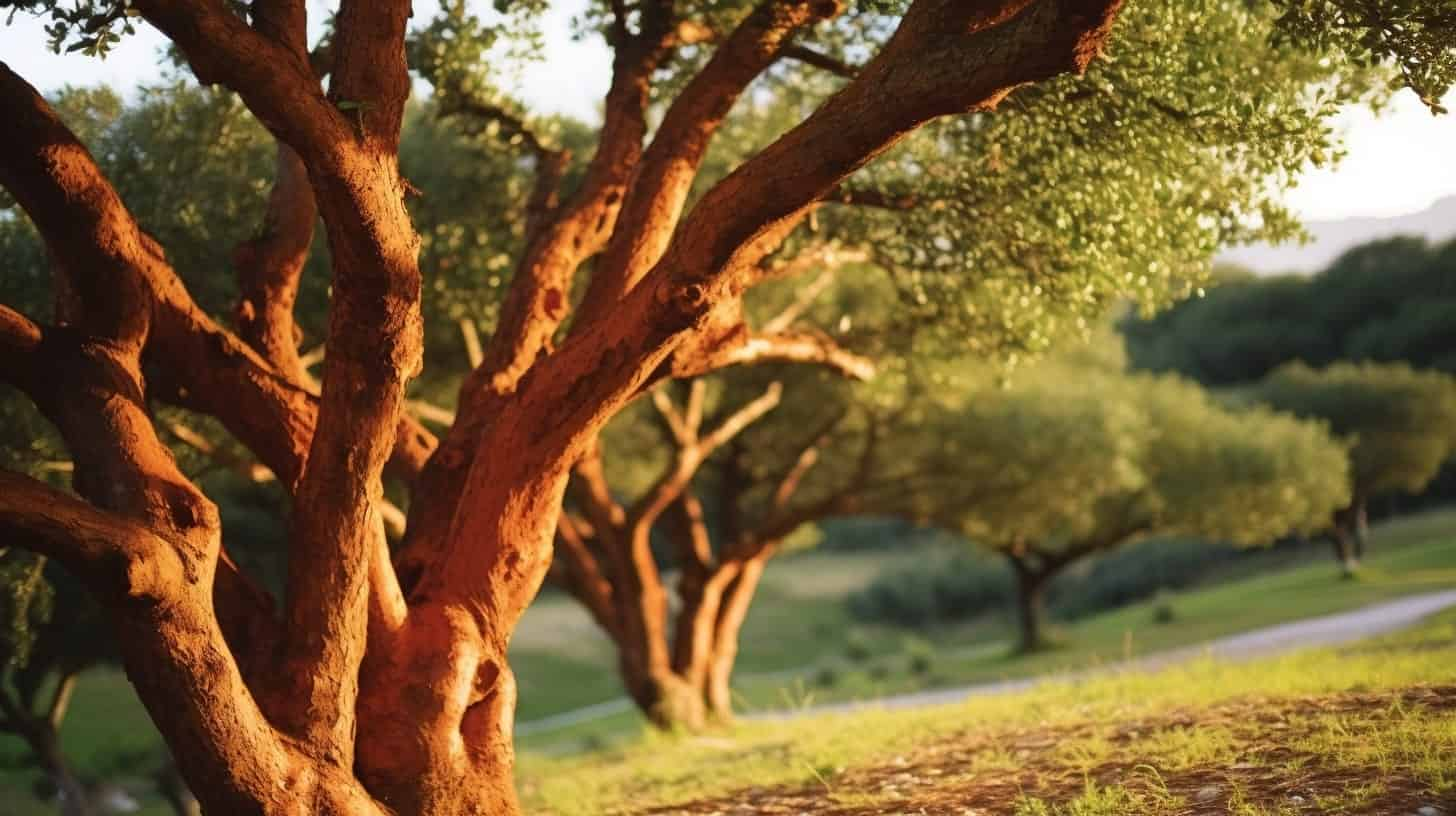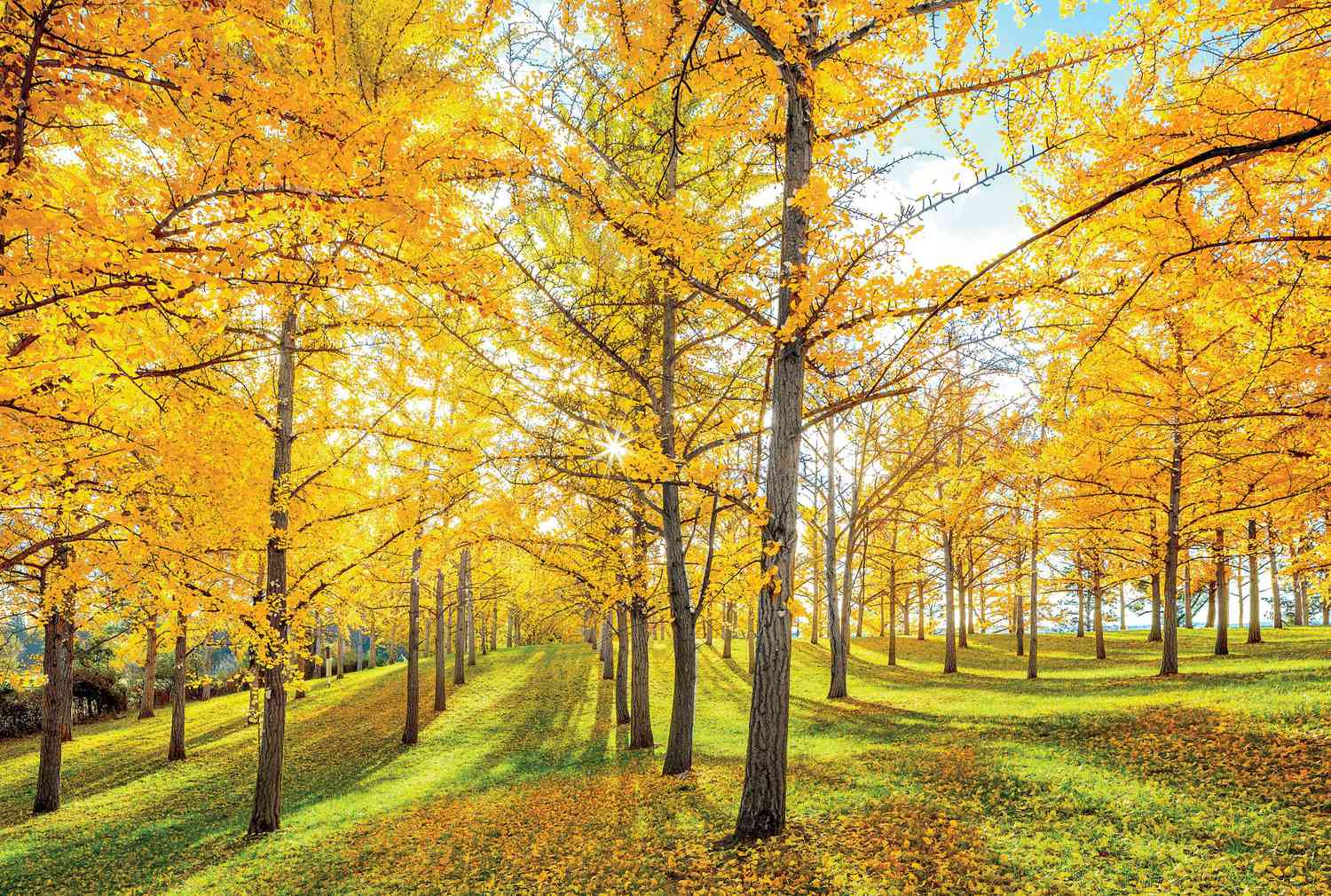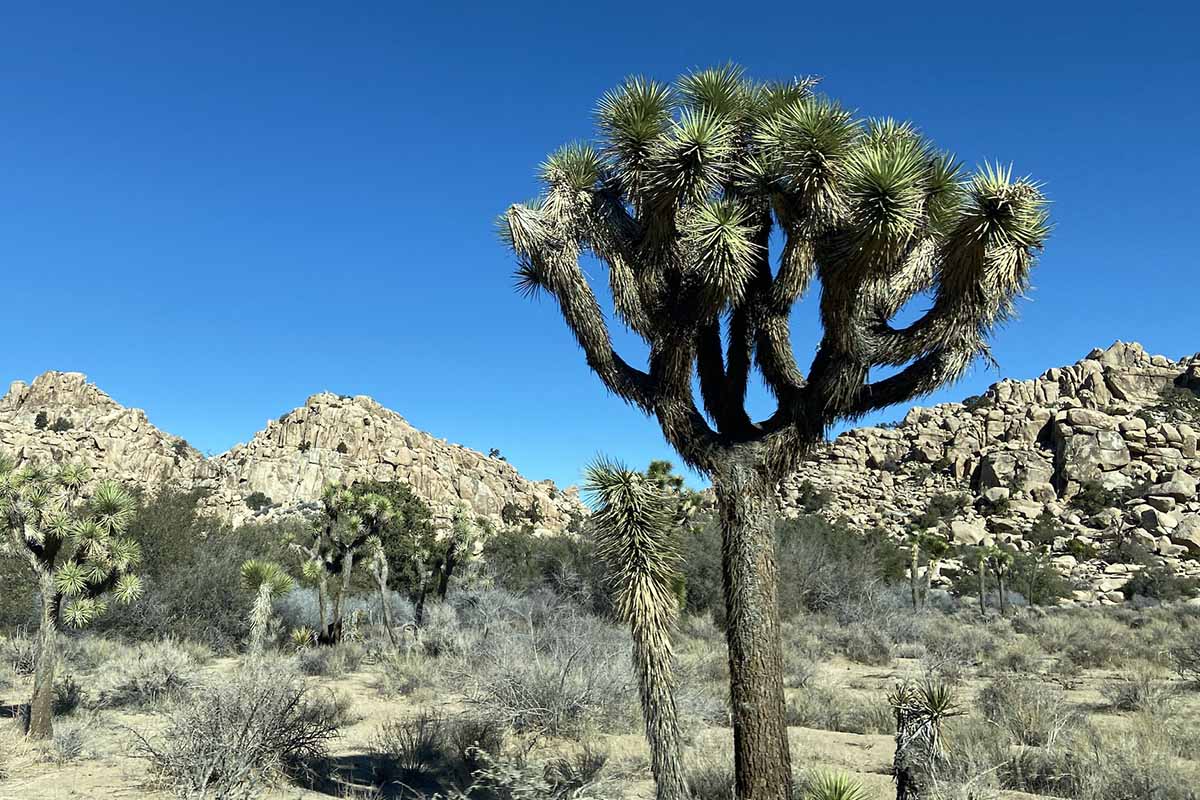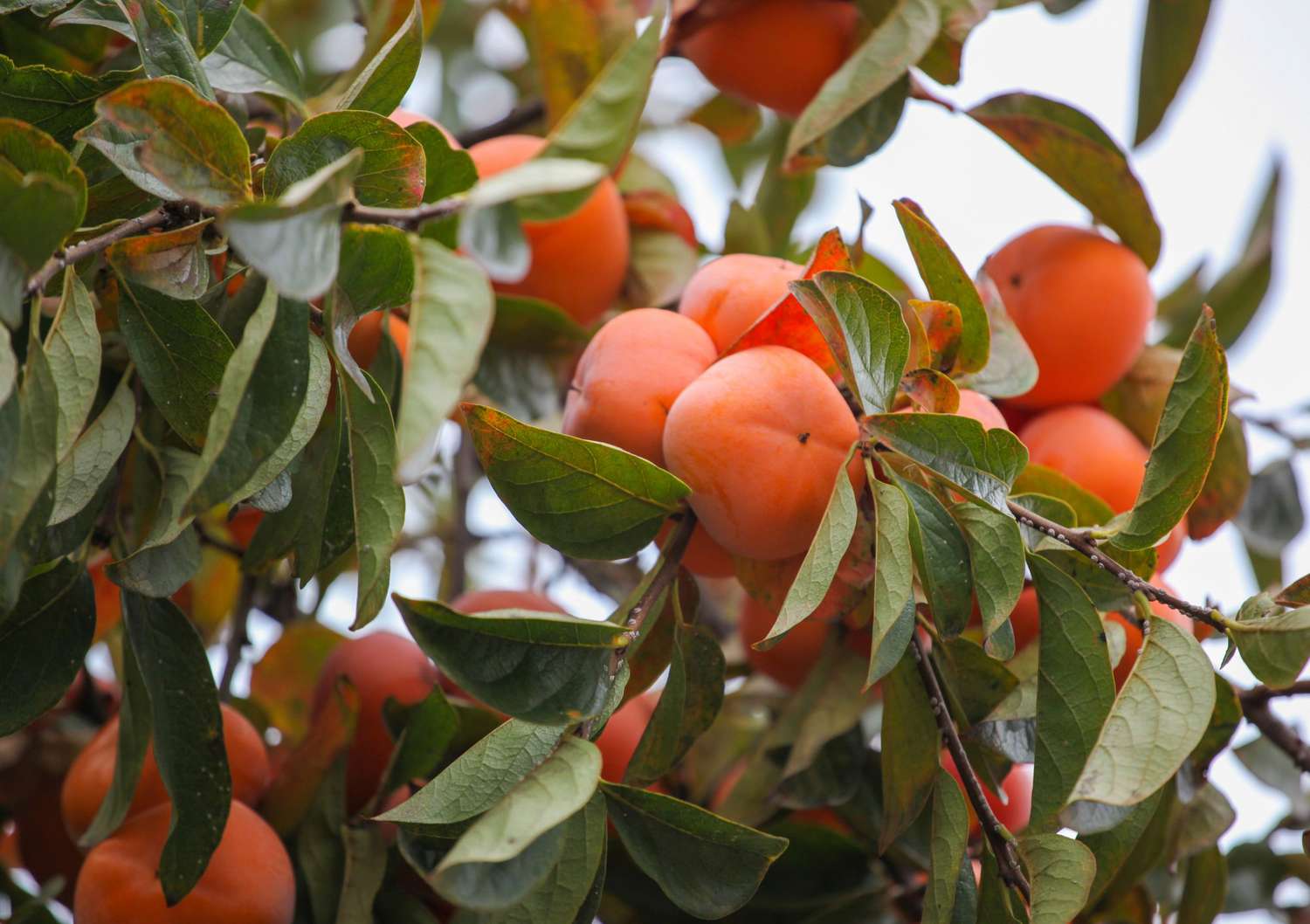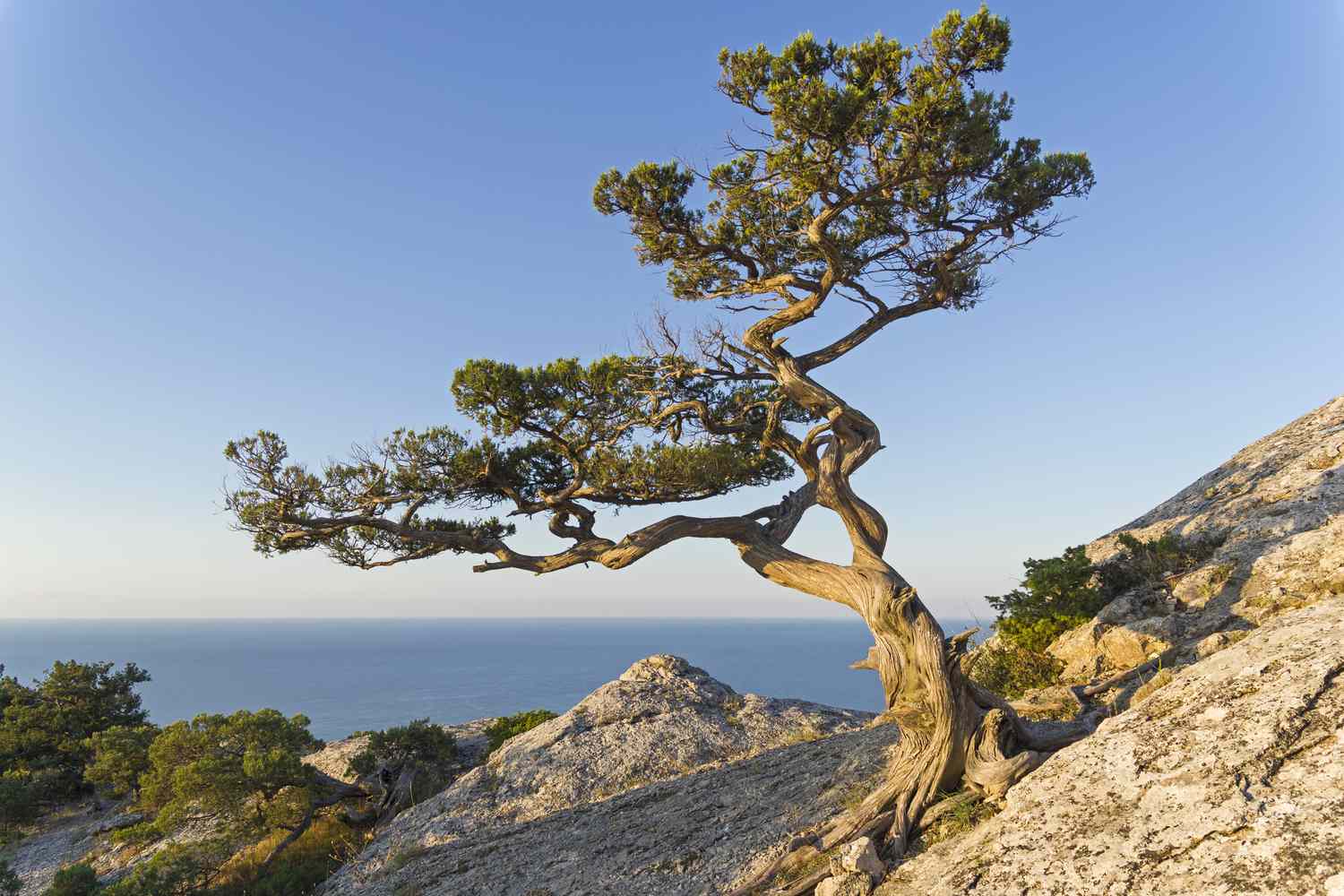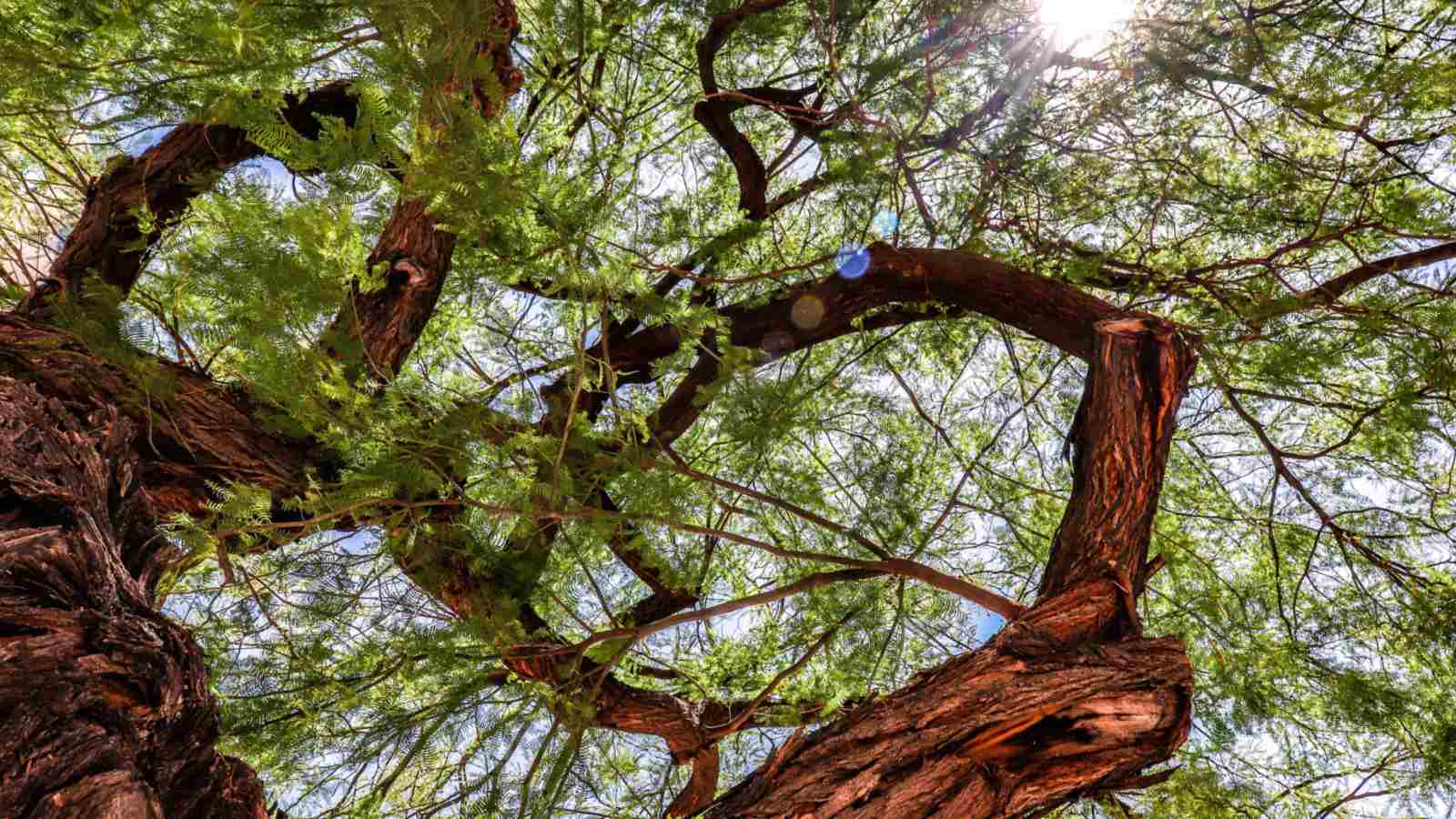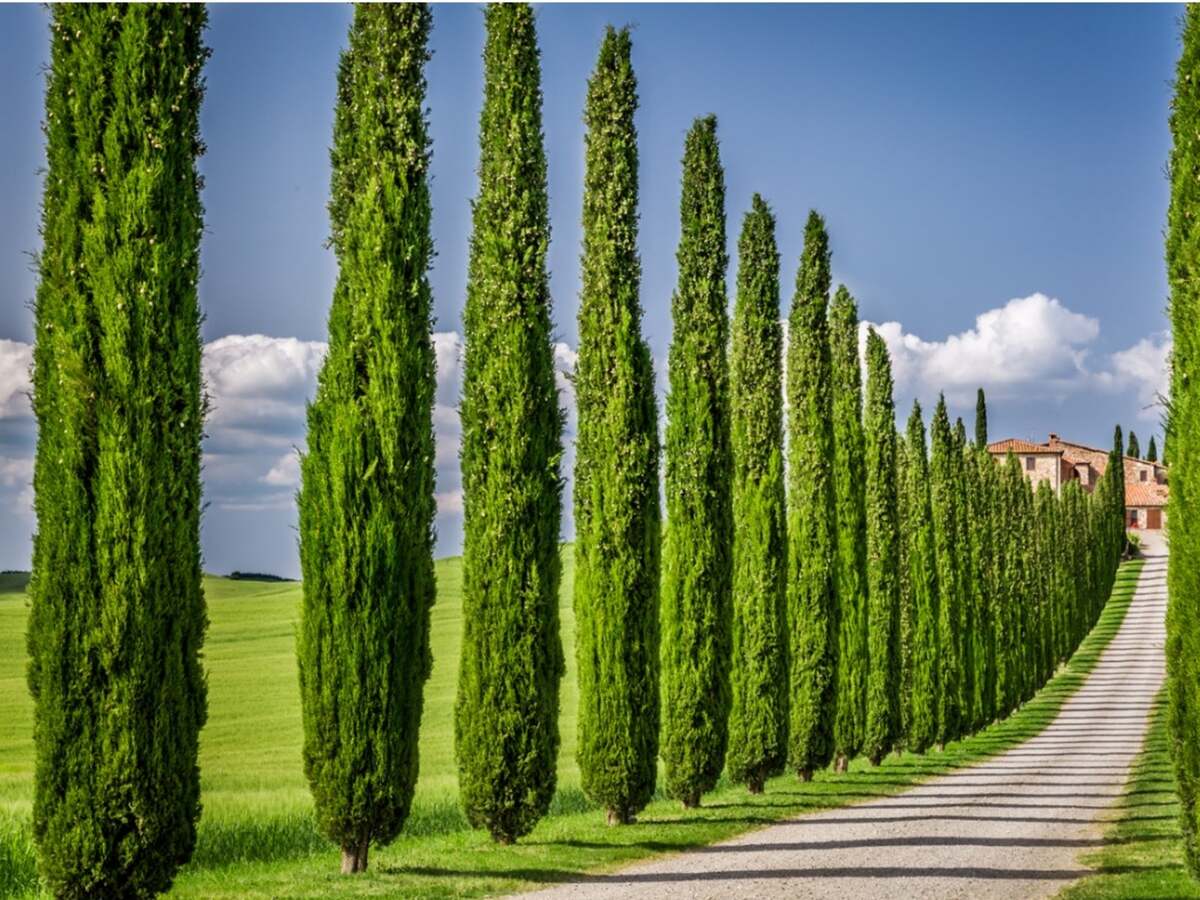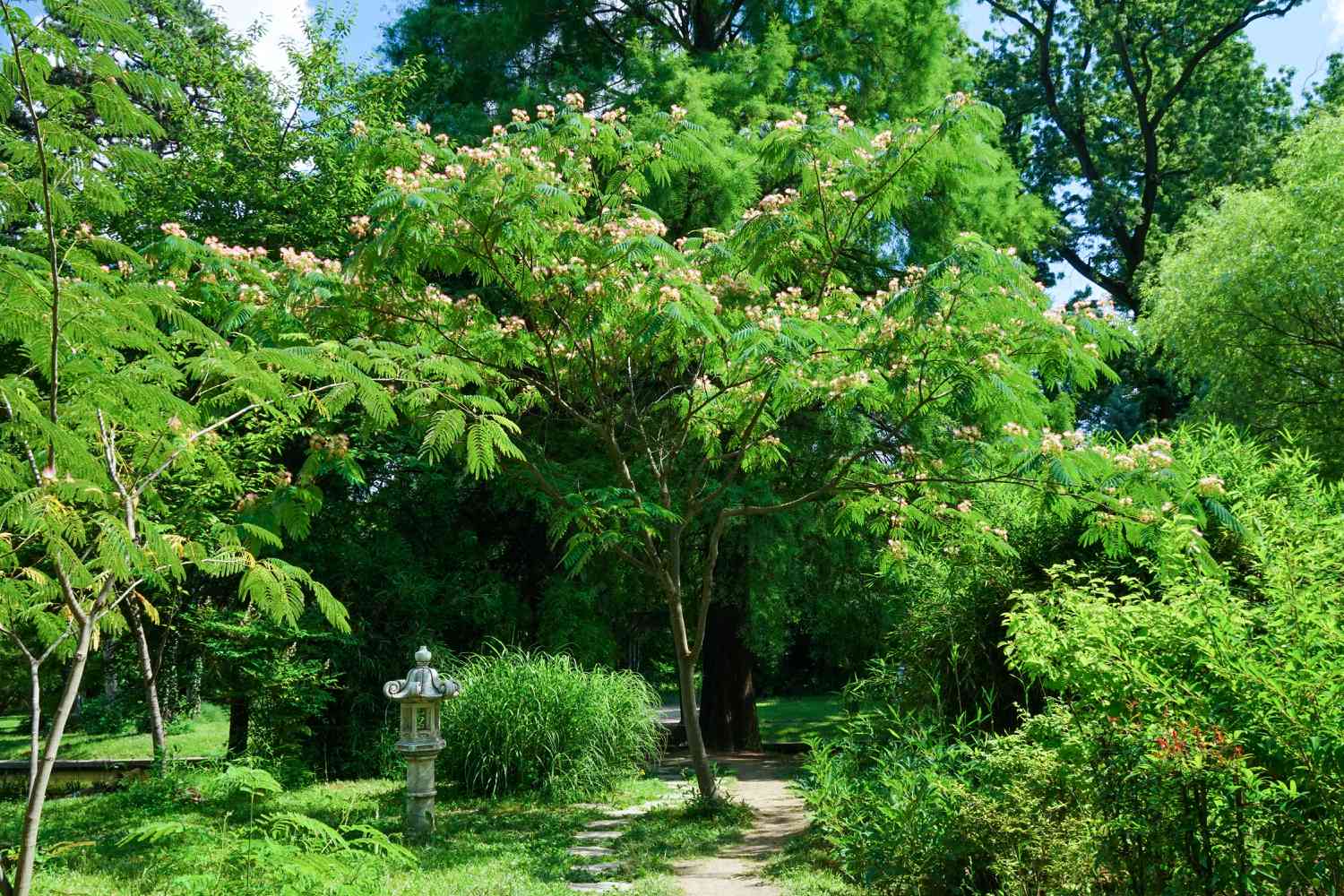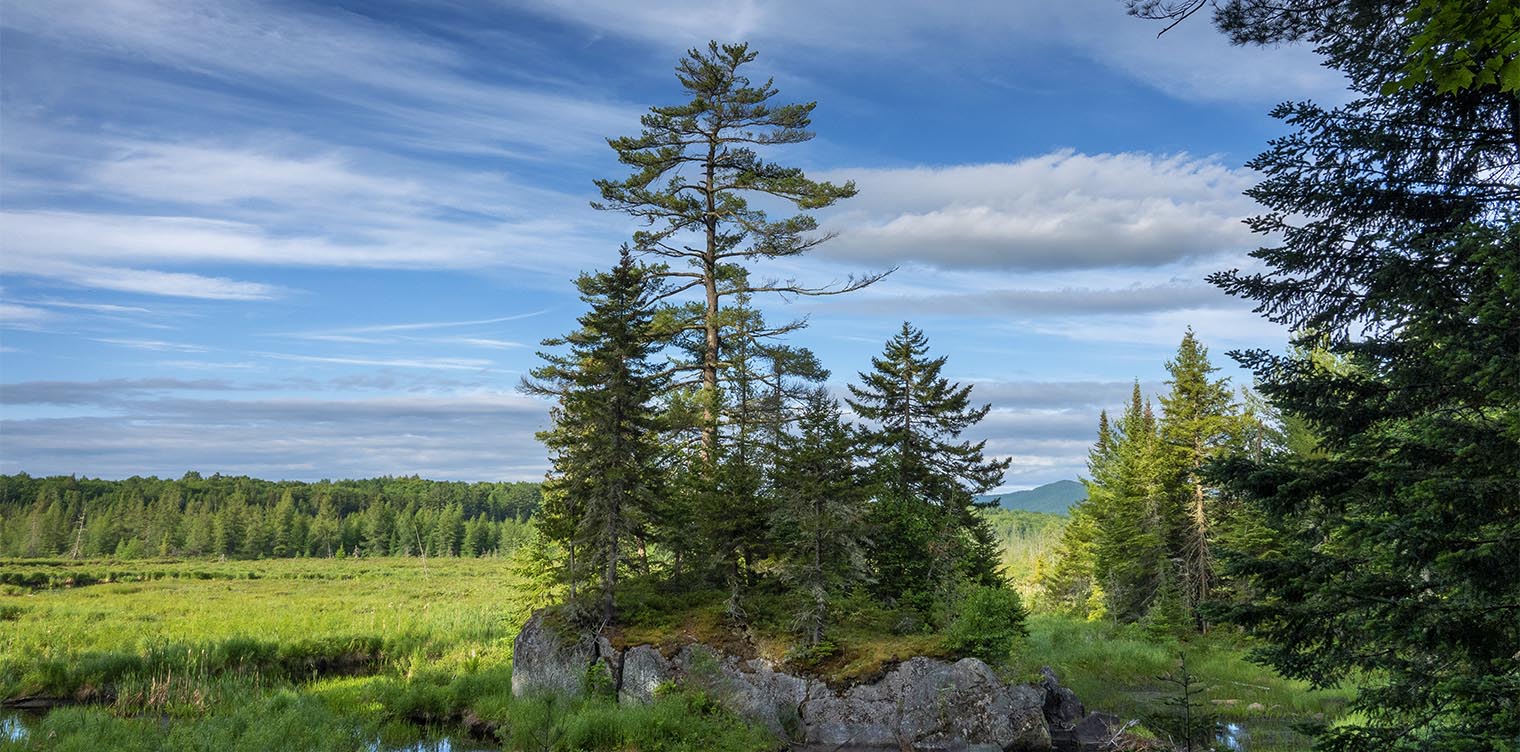Home>Types of Gardening>Edible Gardening>Where Do Pistachio Trees Grow
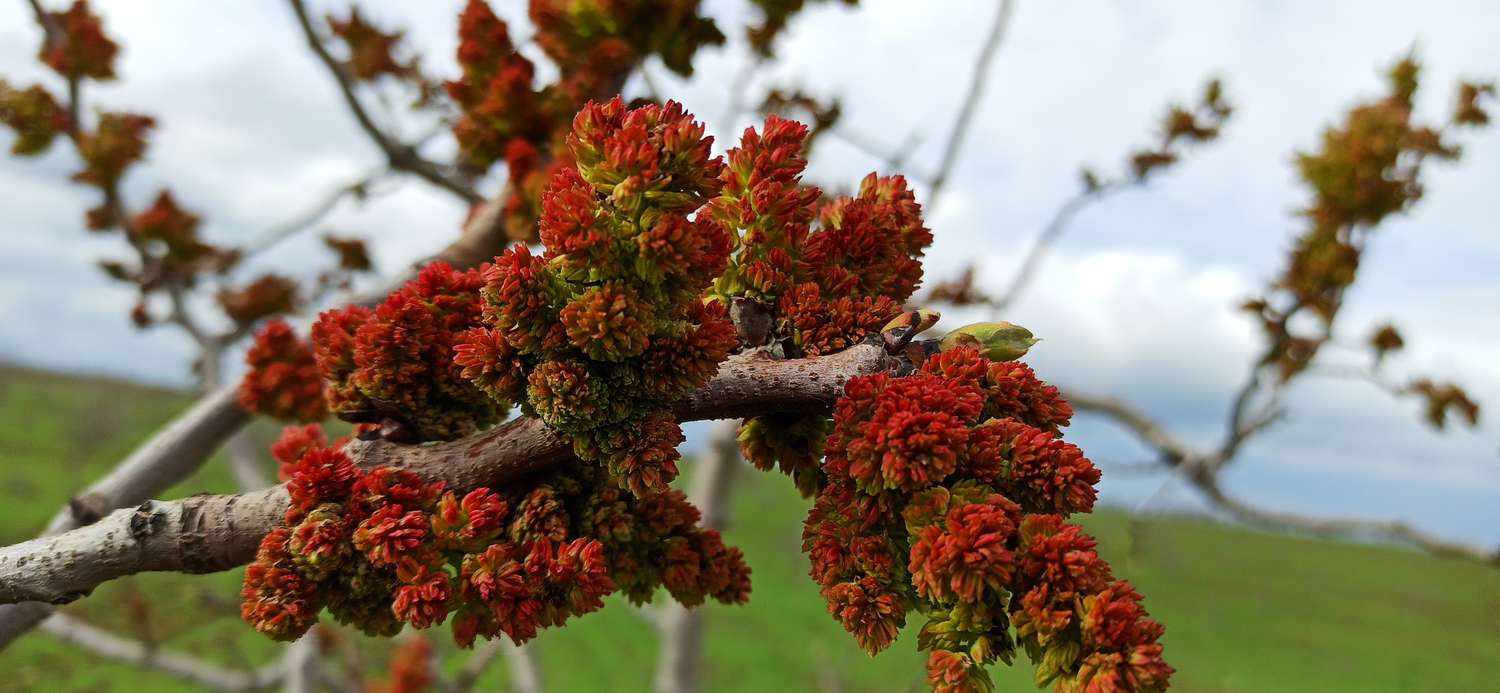

Edible Gardening
Where Do Pistachio Trees Grow
Published: November 9, 2023
Learn all about edible gardening and discover where pistachio trees grow. Start growing your own healthy and delicious pistachios today.
(Many of the links in this article redirect to a specific reviewed product. Your purchase of these products through affiliate links helps to generate commission for Chicagolandgardening.com, at no extra cost. Learn more)
Table of Contents
Introduction
Welcome to the wonderful world of edible gardening! If you have ever dreamed of having your own fresh, homegrown produce, then edible gardening is the perfect hobby for you. Not only does it allow you to enjoy the satisfaction of picking and eating your own delicious fruits, vegetables, and herbs, but it also offers numerous health benefits and the opportunity to connect with nature.
One fascinating aspect of edible gardening is the cultivation of fruit trees, including the beloved pistachio tree. Pistachios are not only tasty and nutritious but also add a touch of elegance to any garden or landscape. In this article, we will explore the geographical distribution of pistachio trees and the ideal climate conditions for their growth.
Pistachio trees (Pistacia vera) are native to the Middle East, particularly Iran and Iraq, where they have been cultivated for thousands of years. They belong to the Anacardiaceae family and can reach heights of up to 30 feet with a spread of approximately 20 feet.
These beautiful trees are deciduous, meaning they shed their leaves in the fall, allowing for easy maintenance. The leaves are composed of small leaflets that create a feathery and vibrant backdrop to the tree’s show-stopping feature—the pistachio nuts.
While the sight of pistachios adorning trees may transport you to the sunny orchards of the Mediterranean, it’s essential to understand that not all regions are suitable for growing pistachio trees. Their successful cultivation depends largely on the climatic conditions experienced in various parts of the world.
Climate Requirements for Pistachio Trees
Pistachio trees thrive in areas with a Mediterranean-like climate. They are well-adapted to hot, dry summers and mild winters, making them particularly suited to regions with long, dry growing seasons. The ideal climate for pistachio tree cultivation includes specific temperature ranges and rainfall patterns.
Temperature is a crucial factor for the successful growth of pistachio trees. They require hot summers with temperatures ranging between 90°F (32°C) and 105°F (40°C) for optimum growth and fruit development. However, excessive heat above 110°F (43.3°C) can be detrimental to the trees, leading to heat stress and reduced crop yield. Similarly, pistachio trees require a certain number of chill hours during the winter, typically between 600 and 1,000 hours at temperatures below 45°F (7°C), to ensure proper dormancy and fruitfulness.
In addition to temperature, pistachio trees have specific rainfall requirements. They are drought-tolerant and can survive in arid environments, but they still need sufficient water to thrive. A typical pistachio tree needs approximately 12 to 24 inches (30 to 60 cm) of water per year. However, it’s crucial to note that excessive rainfall or poor drainage can lead to root rot and other diseases. Therefore, a well-drained soil that allows excess water to escape is vital for the health and productivity of pistachio trees.
Lastly, pistachio trees also require a specific amount of sunlight to achieve their full potential. They need at least 6 to 8 hours of direct sunlight each day. Adequate sunlight ensures proper photosynthesis and energy production for the tree, resulting in healthy growth and abundant fruit production.
Understanding the climate requirements for pistachio trees is essential for determining the suitability of a specific region for their cultivation. With this knowledge, gardeners can select locations that offer optimal conditions, leading to successful and bountiful harvests.
Geographical Distribution of Pistachio Trees
Pistachio trees have a fascinating geographical distribution, primarily centered around the regions where they are native, but they have also been successfully cultivated in other parts of the world with suitable climates. Let’s explore the different areas where these wonderful trees can be found.
The Middle East, specifically Iran and Iraq, is the historical homeland of the pistachio tree. This region has the ideal climate conditions for pistachio cultivation, with hot summers, mild winters, and the necessary chill hours during dormancy. These countries are renowned for producing high-quality pistachios and have a long-standing tradition of pistachio tree cultivation.
Another significant region for pistachio tree production is the United States, specifically California. California’s Central Valley has a Mediterranean-like climate that closely resembles the natural habitat of the pistachio tree. With its hot and dry summers, mild winters, and access to irrigation, California has become one of the largest producers of pistachios worldwide. Other states in the U.S., such as Arizona and New Mexico, also have suitable climates for pistachio tree cultivation.
Parts of Asia, including Afghanistan, Pakistan, and Turkey, also have favorable environments for growing pistachio trees. These countries have similar climatic conditions to the Middle East, making them well-suited for pistachio cultivation. Afghanistan, in particular, has a long history of pistachio production and is known for its high-quality nuts.
Parts of Europe, such as Greece and Italy, have also successfully cultivated pistachio trees. These regions have modified their agricultural practices and leveraged advanced techniques to adapt the cultivation of pistachios to their specific climates. While the production volumes may be smaller compared to the Middle East or the United States, the quality of European pistachios is highly regarded.
Other countries, including Australia, China, and even some regions of South America, have also experimented with pistachio tree cultivation. These areas offer unique climate conditions that can support the growth of these trees, albeit on a smaller scale compared to the primary pistachio-producing regions.
The geographical distribution of pistachio trees reflects their adaptability to specific climate conditions. From their native lands in the Middle East to the thriving pistachio industry in California, these trees have found their way into various corners of the world, delighting people with their delicious and nutritious nuts.
Pistachio Tree Growing regions in North America
The cultivation of pistachio trees has gained significant momentum in North America, particularly in the United States. The ideal climate conditions in certain regions of the country have allowed for successful pistachio production, making it a valuable agricultural crop. Let’s explore the major pistachio tree growing regions in North America.
California is the leading producer of pistachios in the United States and has established itself as one of the primary pistachio tree growing regions globally. The state’s Central Valley, with its Mediterranean climate, offers the ideal combination of hot, dry summers and mild winters that are conducive to pistachio tree growth. Kern County, in particular, stands out as the epicenter of pistachio production in California. Other counties such as Fresno, Madera, and Tulare also contribute significantly to the state’s pistachio industry.
Arizona is another state in North America that has embraced pistachio tree cultivation. The southeastern part of the state, around Cochise County, provides suitable conditions with hot and dry summers. Farmers in this region have successfully established pistachio orchards, contributing to the growing pistachio industry in the United States.
New Mexico is also emerging as a pistachio-growing state in North America. The unique climate in the southern part of the state, specifically around the Mesilla Valley, offers the necessary conditions for pistachio tree cultivation. With its hot summers, mild winters, and access to irrigation, New Mexico is attracting more growers interested in venturing into pistachio production.
These regions in North America have recognized the economic potential of pistachio tree cultivation and are actively expanding their pistachio orchards. With their favorable climates and commitment to agriculture, they play a crucial role in meeting the growing demand for pistachios within the United States and internationally.
Pistachio Tree Growing regions in Asia
Asia is home to several countries that have ideal climatic conditions for the cultivation of pistachio trees. These regions have embraced pistachio production and have become significant contributors to the global pistachio industry. Let’s explore the major pistachio tree growing regions in Asia.
Iran, as the historical birthplace of the pistachio tree, maintains its position as one of the largest producers of pistachios worldwide. The country’s climate, particularly in regions such as Kerman, Yazd, and Rafsanjan, provides the perfect balance of hot summers, mild winters, and the required chill hours for pistachio tree cultivation. Iran continues to be a major player in the global pistachio market, renowned for its high-quality nuts.
Turkey also has a significant presence in the pistachio industry. The country’s climate, especially in the southeastern region around Gaziantep, is well-suited for pistachio tree cultivation. Turkish pistachios are highly regarded for their distinctive flavor and are sought after in both domestic and international markets.
Afghanistan has a long history of pistachio production. The country’s climate, particularly in regions such as Herat and Badghis, provides the necessary conditions for pistachio tree growth. Afghan pistachios are known for their excellent flavor and are an important agricultural commodity for the country.
Pakistan is also emerging as a player in the pistachio industry. The country’s climate, particularly in regions such as Balochistan and Khyber Pakhtunkhwa, offers suitable conditions for pistachio tree cultivation. Pakistani pistachios are gaining recognition for their quality and flavor.
These regions in Asia have embraced pistachio tree cultivation and have established themselves as significant contributors to the global pistachio market. With their favorable climates and rich agricultural traditions, they play a vital role in meeting the growing demand for pistachios around the world.
Pistachio Tree Growing regions in Europe
While the Middle East and the United States dominate the global pistachio industry, Europe also boasts several regions where pistachio trees are successfully cultivated. Despite not having the traditional Mediterranean-like climate, these regions have adapted their agricultural practices to accommodate pistachio production. Let’s explore the major pistachio tree growing regions in Europe.
Greece has made significant strides in pistachio cultivation, particularly in the Aegina and Chios regions. Although Greece does not have the typical Mediterranean climate, innovative farming techniques and the use of microclimates have allowed Greek farmers to grow pistachios successfully. Greek pistachios are known for their distinctive flavor and are a prized delicacy in the region.
Italy, specifically the regions of Sicily and Sardinia, has also embraced pistachio tree cultivation. These regions have a unique climate that is suitable for growing pistachio trees. With careful soil management, irrigation, and agricultural practices, Italian farmers have demonstrated success in producing high-quality pistachios.
Other European countries, such as Spain and Portugal, have also ventured into pistachio production. Although these regions do not have the ideal climate for pistachio cultivation, farmers have adopted innovative techniques such as greenhouse cultivation to create suitable conditions for the trees. While the production volumes may be smaller compared to other regions, the quality of European-grown pistachios has gained recognition in the market.
These regions in Europe have tapped into the potential of pistachio tree cultivation, adapting their agricultural practices to suit the specific climate conditions. Through their dedication and innovation, they have made significant contributions to the European pistachio market, offering unique and flavorful nuts to consumers.
Other Pistachio Tree Growing regions
In addition to the well-established pistachio growing regions in the Middle East, North America, Asia, and Europe, there are also several other areas around the world where pistachio trees are cultivated. While these regions may not be as prominent in terms of production volume, they still make valuable contributions to the global pistachio industry. Let’s explore some of these other pistachio tree growing regions.
Australia has made significant strides in pistachio tree cultivation, particularly in regions such as South Australia and New South Wales. The country’s climates vary greatly across different regions, but the semi-arid conditions found in these areas provide a suitable environment for pistachio cultivation. Australian growers have utilized advanced irrigation techniques and breeding programs to adapt the cultivation of pistachios to their specific climates.
China has also entered the pistachio production arena in recent years. The northwest region, including provinces such as Xinjiang and Gansu, offers favorable conditions for pistachio tree cultivation. The country’s vast land resources and investment in agricultural technology have allowed China to establish itself as a growing player in the global pistachio market.
Some regions in South America, such as Argentina, Chile, and Peru, are also experimenting with pistachio tree cultivation. These countries have climates that resemble the Mediterranean-like conditions needed for successful pistachio production. While still in the early stages, these regions show promise and may become significant pistachio-producing areas in the future.
Other countries around the world, including Morocco, Tunisia, and South Africa, are exploring pistachio tree cultivation to capitalize on the growing demand for the nut. These regions have climates that support pistachio growth, and farmers are investing in the necessary infrastructure and expertise to establish sustainable pistachio orchards.
While these other pistachio tree growing regions may not have the same production volumes as the major players, they contribute to the diversity and availability of pistachios in the global market. Their efforts in cultivating pistachio trees add to the rich tapestry of flavors and experiences associated with this beloved nut.
Conclusion
The cultivation of pistachio trees is a fascinating endeavor that spans across various regions of the world. From their historical origins in the Middle East to the thriving pistachio industries in North America, Asia, Europe, and beyond, these beloved trees have found their place in different climates and environments.
The climate requirements for pistachio tree cultivation are crucial for ensuring optimal growth and abundant harvests. From hot summers to mild winters, the right balance of temperature and chill hours during dormancy plays a pivotal role in the success of pistachio production. Additionally, access to adequate water and sunlight are essential for the trees’ health and productivity.
The geographical distribution of pistachio trees is vast and diverse. The Middle East, including Iran and Iraq, remains the traditional stronghold of pistachio production. However, countries in North America, such as the United States and Mexico, have established thriving pistachio industries. Asia, with regions like Turkey, Afghanistan, and Pakistan, has also joined the ranks of global pistachio producers. Moreover, Europe and other regions, including Greece, Italy, and Australia, are carving their niche in pistachio cultivation.
While some regions may not have the optimal climate for pistachio tree cultivation, innovative farming techniques, irrigation systems, and advanced agricultural practices have allowed farmers to adapt and succeed in growing pistachios. This further expands the variety and availability of these delectable nuts in the global market.
Overall, the cultivation of pistachio trees is a testament to human ingenuity and our ability to adapt agriculture to different climates and regions. From the traditional pistachio heartlands to emerging pistachio-growing regions, each area brings its unique flavors and qualities to the table.
So whether you’re enjoying a handful of pistachios from the Middle East, the United States, or somewhere else in the world, take a moment to appreciate the diverse journey that these beloved nuts have taken from the orchard to your snack bowl.
